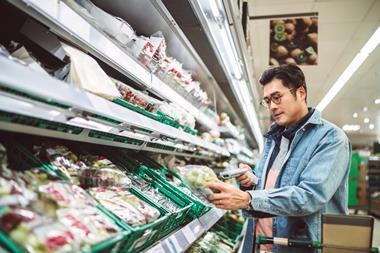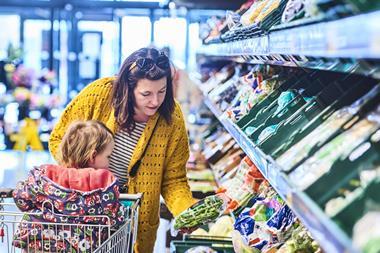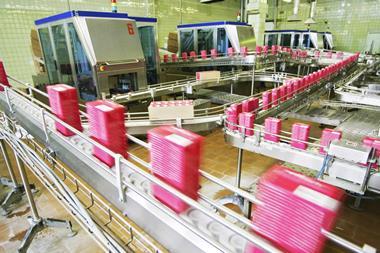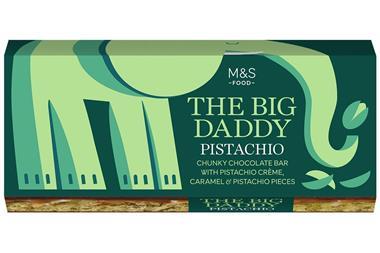
Consumer sentiment has rarely been more volatile than it is right now.
The unsettled nature of the economy, coupled with the cost of living crisis, has created the perfect recipe for an ever-cautious consumer.
Our latest Consumer Tracker survey of 3,387 UK consumers found consumer confidence had improved for a third consecutive quarter in Q2 2023 – up one percentage point on the first quarter of the year. Despite the prolonged uptick, the index remains below its long-term average, indicating consumer finances are still under significant pressure.
As a result, nearly a third (31%) of consumers intend to buy more supermarket own-brand goods, and 29% plan to increase trading down and shopping at cheaper supermarkets in the quarter ahead, according to our research. In addition, as many as 44% of consumers are still actively trying to decrease their home energy consumption to help with rising costs.
One particularly striking finding of the research was the way in which consumers are seemingly looking to retailers to help with managing rising costs. Of the respondents, 29% are planning to buy more goods on discounts and promotions over the next three months, while 27% are planning to use loyalty schemes more.
The proportion of consumers adopting coping strategies to manage the rise in the cost of living has remained relatively consistent. Also, the tightening of monetary policy, leading to levels of high interest rates, has contributed to a sharp decline in sentiment towards the state of the economy this quarter.
While it appears likely that inflation has passed its peak, prices remain high and further fluctuations in the price of some products are expected. In addition, volatility in agricultural commodity markets, including drought in southern Europe, could lead to further price growth.
The resulting migration away from middle-tier shops and brands could become a lasting legacy of the cost of living crisis. In response, brands and retailers are having to work harder to offer more transparency on prices and prove the value of their products to consumers.
Reducing costs and increasing cashflow are now the top two priorities for consumer businesses. These priorities are designed to provide businesses with a buffer against further economic challenges, including additional rate rises and a squeeze on consumption.
To help navigate this tough period, retailers need a renewed focus on cost reduction and performance improvement initiatives. Specifically, they will need to be identifying, improving, and creating efficiencies across all areas of their business, whilst also looking to maximise the value of their available assets.
This approach will also help unlock value across the supply chain, creating an environment that allows for profitable sustainable growth – something that is not just determined at the point of consumer purchase.
As the consumer transforms into a complex mosaic of unique needs, wants, and preferences, it may be an important moment of adaptation. The use of promotions, increased advertising, and product innovation will be vital for retailers to win over new consumers on the lookout for fresh ideas and new products.
Food and brand innovation, in particular, is becoming increasingly important in today’s competitive landscape and should be an integral part of any retail strategy.



















No comments yet